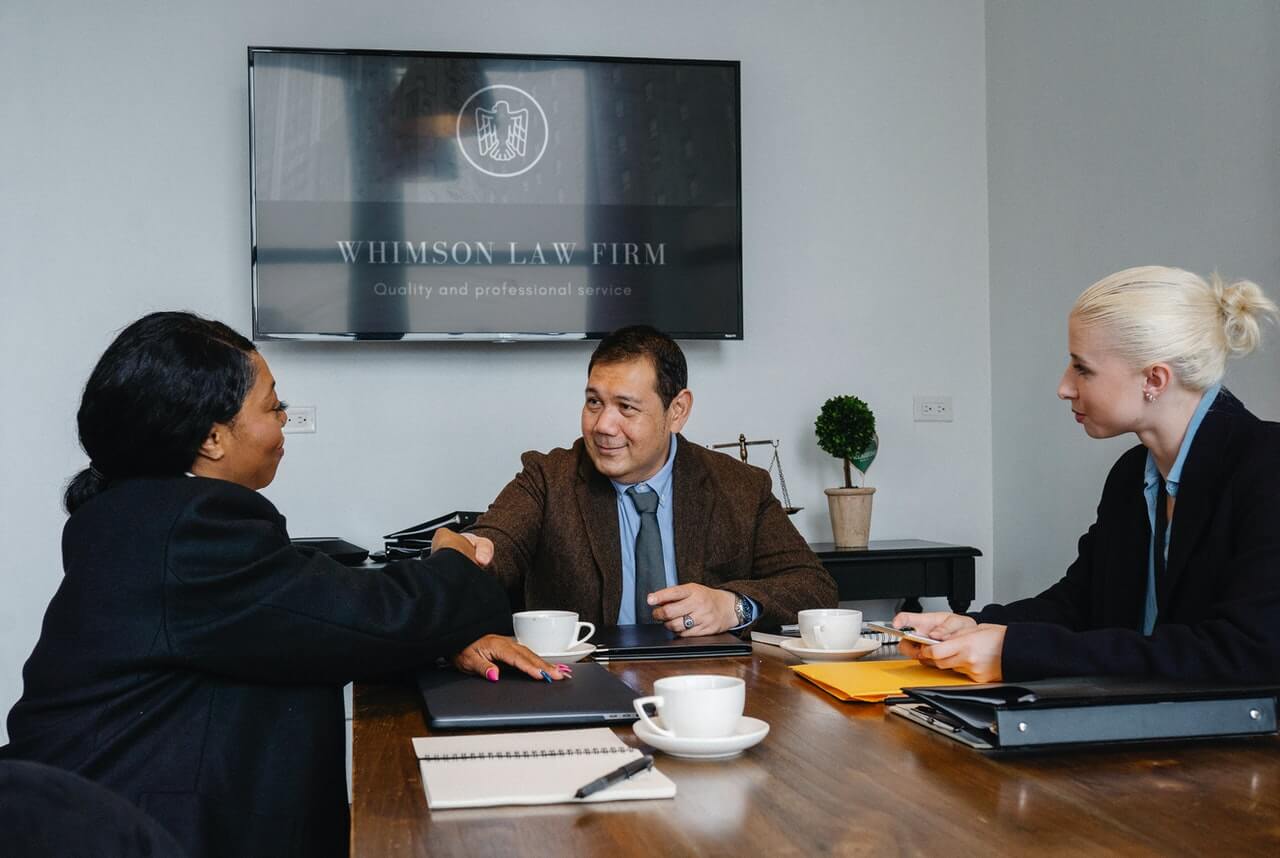Whoever said an event had to be a dinner or a luncheon to work?
The key to making any event succeed is to learn, well in advance, what will bring out your audience: existing donors, new donors, corporations, government officials, community leaders, etc.
Almost every event can benefit from an occasional change of pace … whether to a new venue, a switch from a four-course formal black tie dinner to a reception, a breakfast, a lunch, an afternoon soiree … or almost anything else.
Does the venue or type of event (dinner or luncheon) really matter? One would like to think that your supporters would want to join you regardless of these factors. But, unfortunately, that’s not always the case.
Take the example of one nonprofit that has been doing a major formal dinner for years, with a theme that had become their signature. Problem was, the audience for this glamorous, glitzy night was shrinking, boredom was setting in and costs to maintain this type of event were zooming.
For months, we worked with a staff committee to come up with and discuss the options. The decision was to change the event from Spring to Fall, do it at a different type of location, and with a different spin.
Out of those discussions was born a “reception,” with a completely different graphic design, a new/unique venue and a saving of several hundred thousand dollars.
Focus was placed on the organization’s mission,…
…rather than the usual, “Come celebrate and have a ball.” For our venue, we picked a restaurant that had just opened, giving us the advantage, the cache, the visibility of being the “first” to use the facility.
Coupled with the newly designed materials, a lot of advance promotion and targeted marketing, the “goal” of 200 attendees was realized very quickly. We even had to establish a waiting list.
We knew we had room for at least another 50 to 100 people, but having folks believe that it sold out so fast increased their desire/interest in being part of it … an enviable position in which to find ourselves.
That event became the place to be.
Not only did the organization do well with sponsorships and individual ticket sales, but they received contributions from many new donors … who had heard about the event from friends, and wanted to be part of it.
So the answers to the questions of whether a venue matters or whether it is a dinner or a luncheon are: “Yes,” and “No.”
What matters is how you frame it, market it and present it to your audience. It takes all the factors being pulled together in a special way, not just to ensure a successful event, but to ensure how the organization will now be perceived, and what that will mean for its future.
Just because you have always done a specific kind of event doesn’t mean you couldn’t benefit from a change of pace. You could be surprised at the results.
=-=-=-=-=-=-=-=-=-=-=-=-=-=
Have a comment or a question about creating or expanding your special event? Email me at [email protected]. With over 30 years in conference and event planning, we can help you turn your vision into reality.
=-=-=-=-=-=-=-=-=-=-=-=-=-=
Have you seen Natalie’s ebook on Special Events ??










